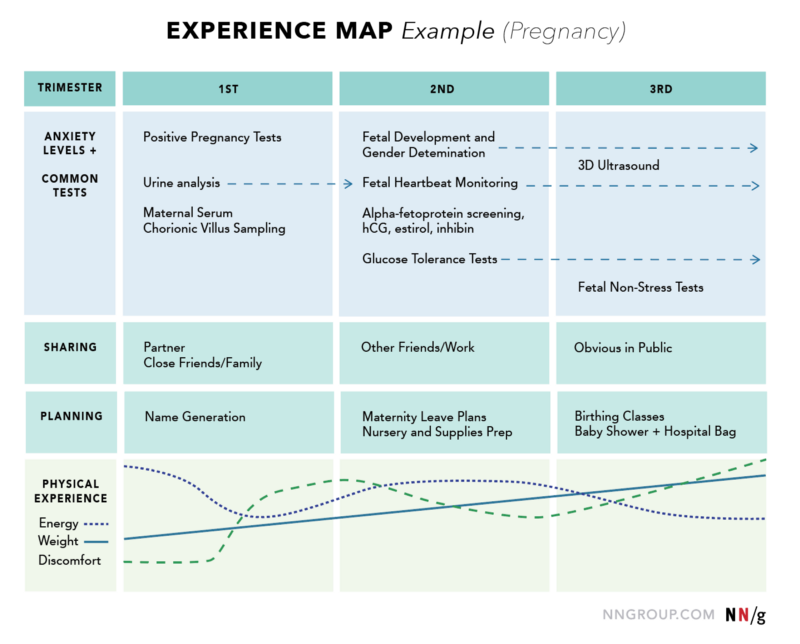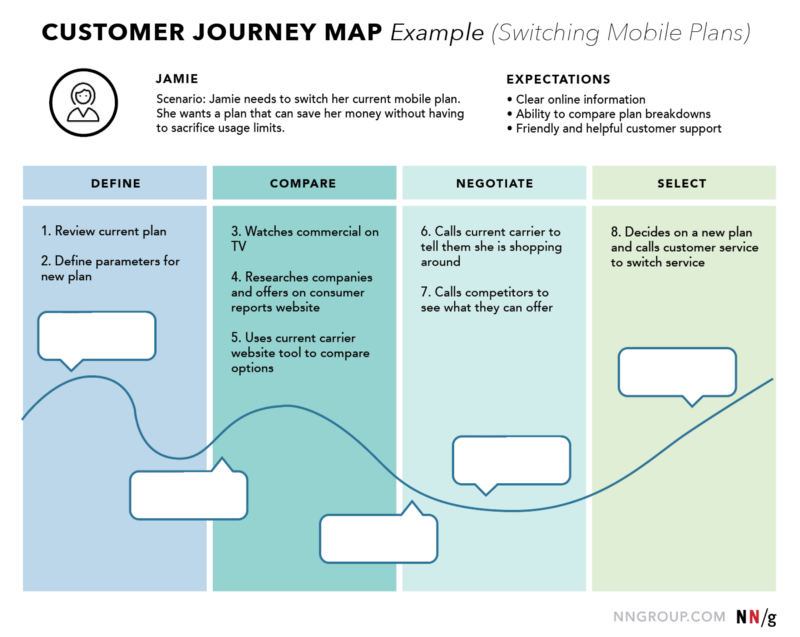In the name of your business well being, commit to this basic UX practice.

In my 10 years experience, I worked within organizations of different sizes, from the small startups to the large corporate environment with thousands of employees.
My last 5 years has been focused on the Swiss Banking industry, a very interesting and quite little-known environment, which can be seen as mysterious from the outside. One obvious thing is the overwhelming culture of secrecy which, most of the time, wrongly justify an aversion of the customer-centric and open-minded mindset largely brought by the startup culture.
As a User Experience & Design Thinking practitioner, such an environment makes my work really challenging: how can I get the users/customers feedback I need to properly do my job when the customer is like an ultra-secure gold bunker buried deep under a Swiss mountain?
No cheese, no chocolate, no sweetness.
Beyond the specificity of the Swiss banks, I can still today watch so many businesses more keen to find circumstantial justifications to not improve their experiences than trying to be objectively critic toward what they do (aka investing into UX, user research, etc.). Here is probably another sad truth about UX: as a practitioner, you may represent what people fear the most, by exposing what works and what doesn’t in a company’s experience.
Reality can be hard to accept, and so many people prefer to remain blind than face it.
It’s an interesting challenge tho to pass the psychological barriers and make people realize the real potential of being honest about the quality of what a company offers.
Blindness toward users’ pains (or experience’s frictions) is probably the most widespread plague within companies
If you are a business or product person wishing to change your company’s mindset, or if you are a UX practitioner yourself, here are some pieces of advice.
Hacking The Companies’ Blocking Points
One key approach to enable this awakening is to map the current company’s experience. It’s important here to do this mapping at least on the most critical product or service of the company. This is about making an electroshock!
If I learned something during these few years, it’s that you don’t have to wait on or ask for permission. Start to make connections within the company, discuss with people from customer support, sales, marketing, and other teams. Retrieve key information, such as the pain points that users & customers are reporting the most. Learn about all the steps users are going through when using the product, when people are opening an account, etc.
What are you really putting at risk here? Your carrier? The awful experience of your company? At worst, you just did your work at trying to improve the whole thing.If you’re not recognized for that, you know where your company’s culture stands. #UXMaturity #CompanyCulture
Organize user testing sessions, ideally with actual users/customers. In a worst-case scenario, ask for participants directly within the organization. If you are a business or product people and you never practice such exercise, I recommend you to read this great book: “Rocket Surgery Made Easy” by Steve Krug.
Otherwise, take notes of what people are sharing with you. From the user test to the feedback from the sales, the customer support, etc. Keep everything that seems important to you.
Creating a Momentum
Once you have all that you need, put those steps, applications, forms, etc. you discovered people are going through, on an Experience Map. You can find some great examples, as well as a deep and accessible review of all the mapping & diagram tools, in the truly awesome book “Mapping Experiences” by Jim Kalbach.

And to be clear: it doesn’t have to be perfect, or even close to that. Don’t be afraid to iterate, gather feedback and improve it. The goal now is to go back to all the people you discuss with and start to show them the map. If you can, find a wall, somewhere people pass through regularly, and expose your map on it.
Remember all that notes you took early on? It’s time to pick the one that speaks out the best about the issues on the experience. Print them in big letters and attach them to your map.
Do not underestimate the value of visibility and word of mouth. Your map and feedbacks hold an uncomfortable truth, by showing the pain points, the inconsistency, and sometimes the complexity of the current experience. Perhaps, it’s even the first time someone has a real overview of it!

Invite key people in your organization to come to see the map, and if they can’t make it (you know, they are busy people) propose to do a “personal” presentation whenever they have some time.
Finally, use the connections you made earlier and create a “community”, a group with which you can share, discuss and promote change. Organize recurrent events to share updates, discuss open points and motivate others to invest in UX practices. However, be careful to not exhaust the participants and give everyone time to digest and try things. In other words, be aware of the meeting fatigue or you will kill the momentum, and it could be hard to recover.
Anyway, remember one thing: it will take time. Be patient, coherent in your approach, and sometimes accept to lose some battles to win the war.
Conclusion
Blindness toward users’ pains and experience’s frictions is a widespread plague but you can act upon it. Mapping experiences are great tools to increase awareness and promote change within organizations. By creating a transversal community and shared understanding, you can hack your company’s blocking point for the good of your customers. Ultimately, you can enable real business innovation by focusing on your customer pains.
Such things should not belong only to designers.
Thanks for reading!
Like what you just read?
Give some claps 👏👏👏👏👏👏 and hit the follow button!












Discussion